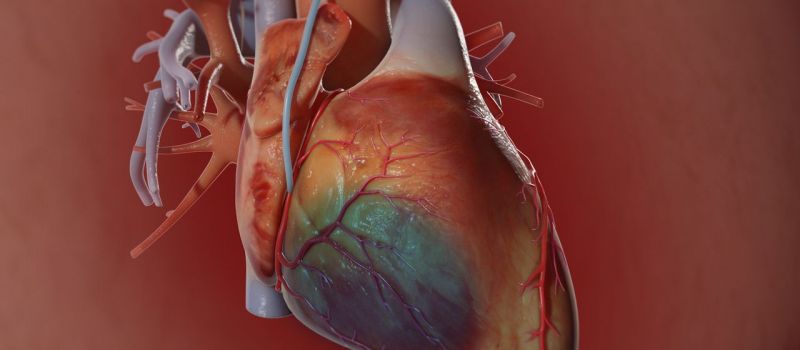Surgical interventions in the treatment of Ischemic Heart Disease
By Canada Cloud Pharmacy | Published Wednesday 20 January 2021

Ischaemic heart disease is a condition when the arteries of the heart are not able to carry enough oxygen-rich blood. The condition is also known as coronary heart disease or coronary artery disease. It is the most common form of heart disease and a leading cause of death in countries like America.
You may effectively manage the condition with regular medication and lifestyle changes. In severe cases, you may need surgical intervention.
What is ischaemic heart disease?
Ischaemic heart disease is a condition caused by a build-up of plaque, a waxy substance in the inner walls of the arteries that supply blood to the heart. As the plaque builds up over the years it becomes harder and narrows the arteries to an extent that it affects the blood supply. As a result, you may get a heart attack or suffer from cardiac arrest. Larger arteries are affected in ischemic heart disease, while in coronary microvascular disease, tiny arteries of the heart are blocked.
What are the complications of ischaemic heart disease?
It is necessary to take regular medication if you have ischemic heart disease. If untreated, serious complications may occur. These are as follows:
• Heart attack
• Arrhythmia (irregular heartbeats)
• Heart failure
• Sudden cardiac arrest
When do people with ischaemic heart disease need surgery?
The treatment options for ischaemic heart disease depend upon the severity of the condition and the health of an individual undergoing treatment. While it is possible to treat the condition with medication and lifestyle modifications, sometimes the blockage needs to be removed by surgery. The surgical procedures typically are aimed at:
• Opening up the blocked artery to restore blood supply
• Creating a bypass
What are the different interventions and surgery procedures for ischaemic heart disease?
The aggressive interventions to treat the condition are as follows:
• Coronary angioplasty: It is also known as percutaneous coronary intervention (PCI) or balloon angioplasty. It is an interventional non-surgical procedure that relieves the symptoms of angina and restores the blood flow in the blocked artery.The doctor inserts a deflated balloon that opens in the artery and compresses the block. The cardiologist will insert a wire mesh stent or a drug-eluting stent that releases medication to prevent further narrowing of the artery.
• Coronary artery bypass grafting (CABG): It is commonly known as bypass surgery. Sometimes it is not possible to clear the blockage using an angioplasty. In such cases, the doctors will suggest bypass surgery. In this procedure, the surgeons make an incision in the chest bone to access the heart. The surgeon uses connects a healthy artery or vein from the arm or leg with the blocked artery by a grafting procedure. The traditional CABG is performed while the heart is stopped and supported artificially by a heart-lung pump. Another type is off-pump CABG, in which the heart is not stopped during the surgery.
• Transmyocardial laser revascularization: Doctors will suggest this procedure when angioplasty and bypass graft surgery is not an option for you. The procedure involves the use of a laser to create vascular channels between arteries and chambers of the heart to improve blood flow. The procedure may be used alone or in combination with CABG.
Aggressive interventions help in the removal of the blockages in the arteries of the heart and restore the normal blood supply. However, in some cases, the doctor may suggest heart transplant surgery if the heart is severely damaged.
It is necessary to consult your cardiologist for an appropriate treatment option. Accurate diagnosis, prompt treatment, and regular follow-up will help reduce the complications due to ischaemic heart disease. The appropriate surgical procedure will improve your heart health.



 Canadian Company
Canadian Company 



 Sign In
Sign In
 Home
Home 
 About Us
About Us 
 How to order
How to order 
 Products
Products 



